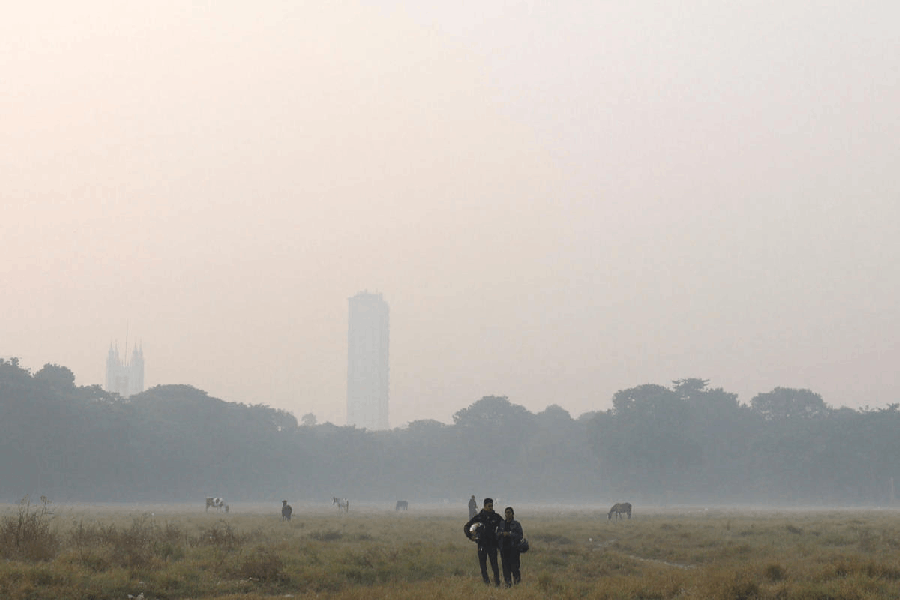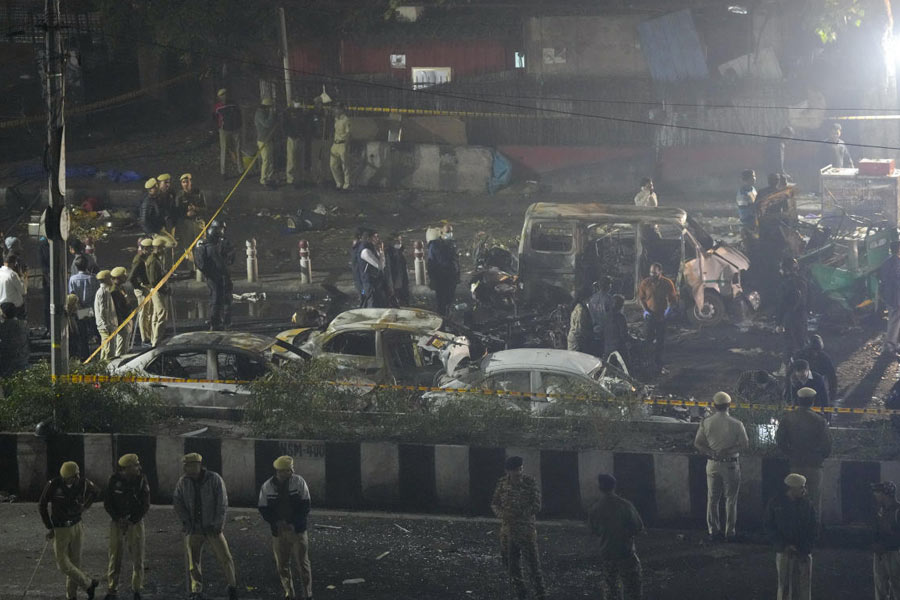 |
| Apollo Gleneagles Hospital on the Bypass: Seeking a feel-good format |
Finnish architect Alvar Aalto, when asked what made his famed tuberculosis sanatorium heal so successfully, had said: “I focused on designing the ceiling well, since patients spend most of their time staring at the ceiling.”
To “explore the role, depth and extent” which architecture and architects play in providing the ambience for a healing environment, the Indian Institute of Architects (IIA) ,West Bengal chapter, has selected ‘Architecture for Healthcare Environment’ as the theme of its annual convention this year (Swabhumi, February 19-21).
“Architecture for creating a healing environment can be much more profound and effective if architects are involved in the entire process of growth of healthcare buildings,” observes architect Dulal Mukherjee, chapter chairman. The IIA’s West Bengal chapter has over 300 members, including architects engaged in private practice, working with the government and PSUs and teaching in the three major institutes in the state.
The three-day convention will offer a platform for interaction among architects, doctors, engineers and healthcare management professionals from both the private and public sectors. “Healthcare delivery has come into sharp focus of late and is recognised by the government as a burning need. The meet will strive to sensitise everyone on the need for specialised architectural inputs for a healthcare building,” says architect Ashok Sarkar, member of the convention’s format committee.
The broad topics to come up for discussion include: Existing hospitals & development planning, Hospital management & role of architects, Medical waste management, Hospital information management system & its planning, Medical engineering & hospital environment…
“Based on the outcome of the discussion sessions, we will compile a set of recommendations for the health department and other relevant government agencies,” says convention coordinator Sunit Mandal.
Sarkar, past chairman of the chapter, feels a masterplan is “absolutely imperative” for any hospital to grow along with the need of the time. “While considerations of developmental planning are virtually non-existent among old facilities, newer structures have shown a refreshing trend of involving professionals in designing.”
Architect and environmental planner Santosh Ghosh, member of the convention’s advisory committee, laments that health centres in Bengal are “not designed keeping patients’ needs in mind”. Ghosh, formerly chief architect, Calcutta Metropolitan Planning Organisation, says: “Sadly, there is no control over design of mushrooming nursing homes and no transparent benchmarking of good practices, either.”











